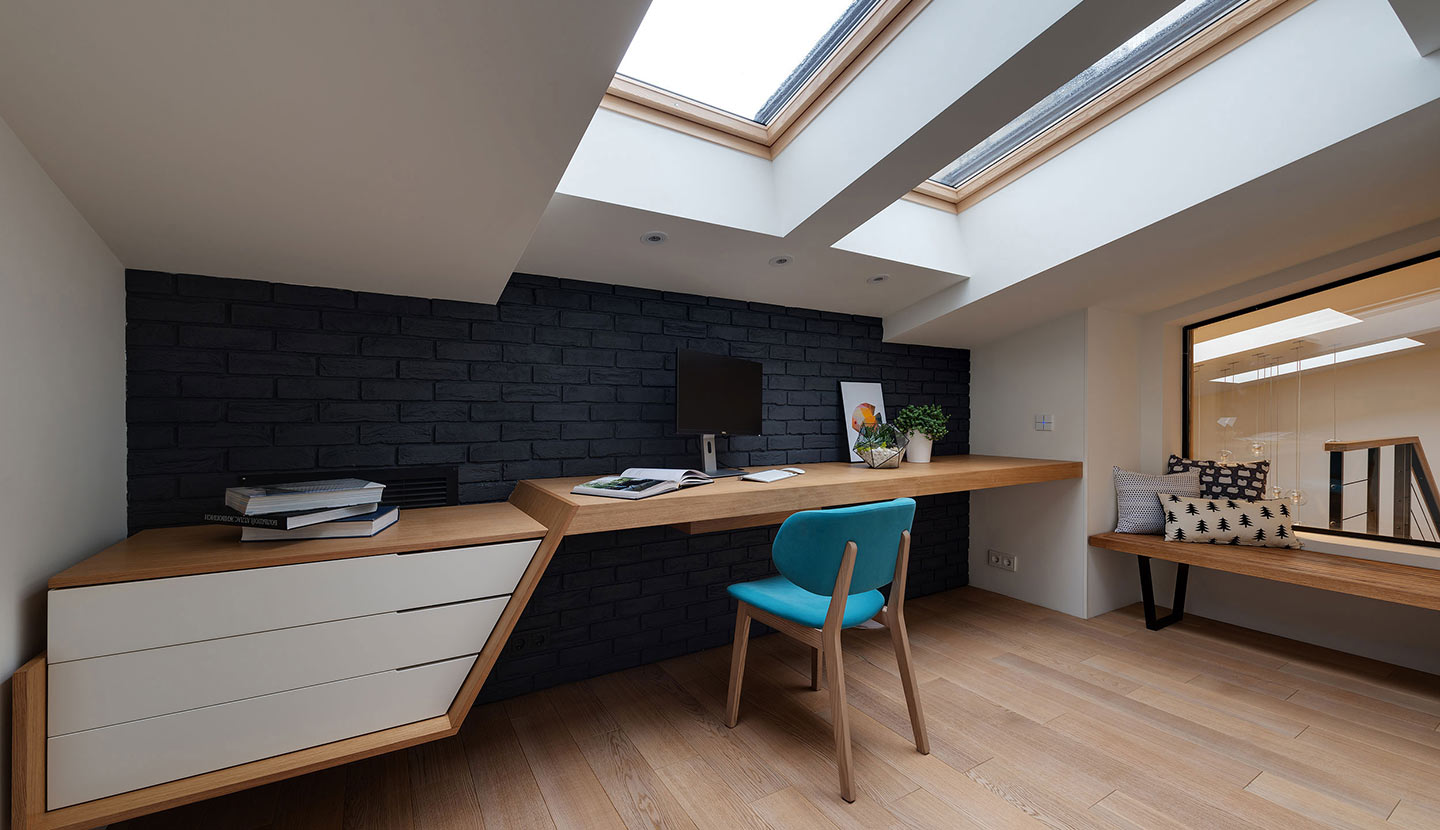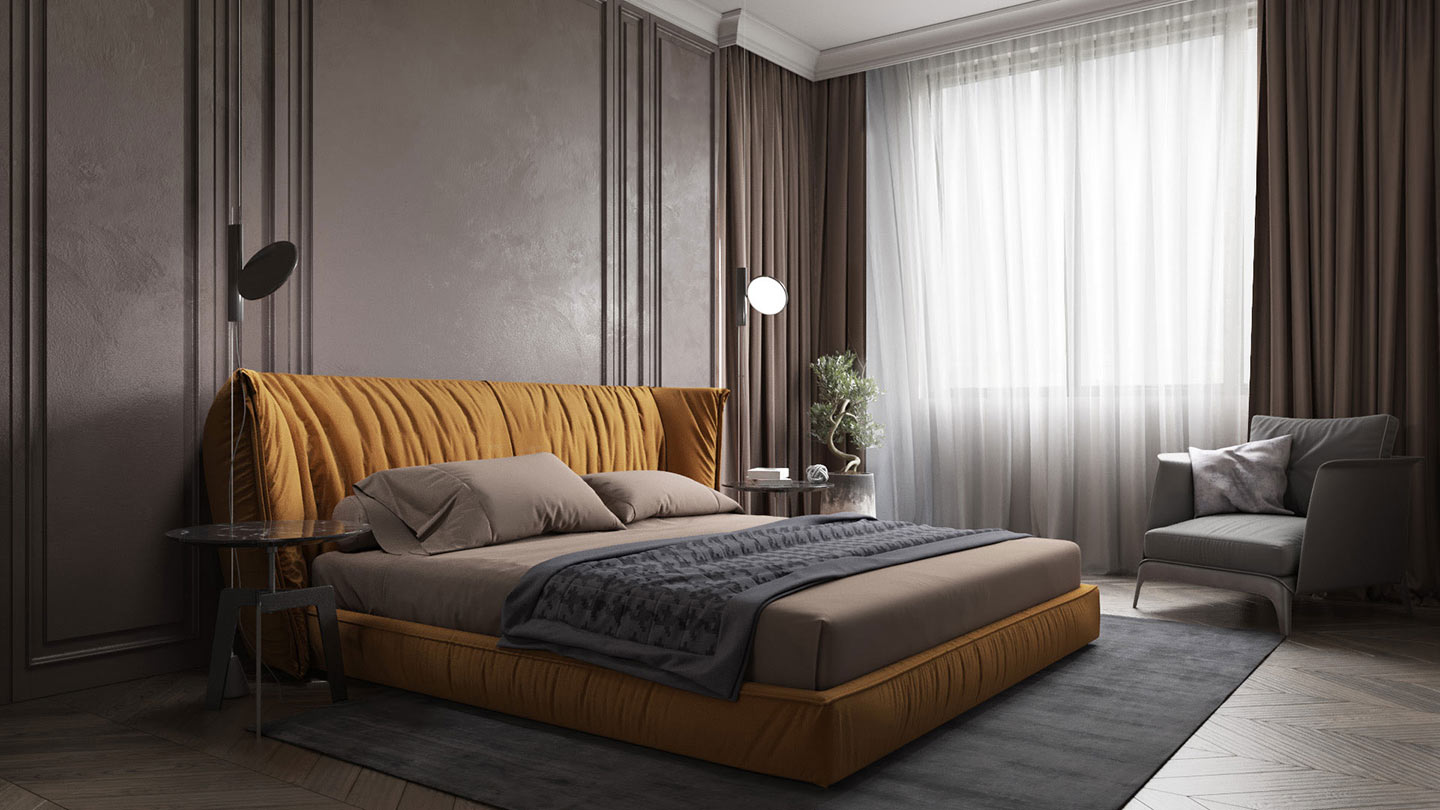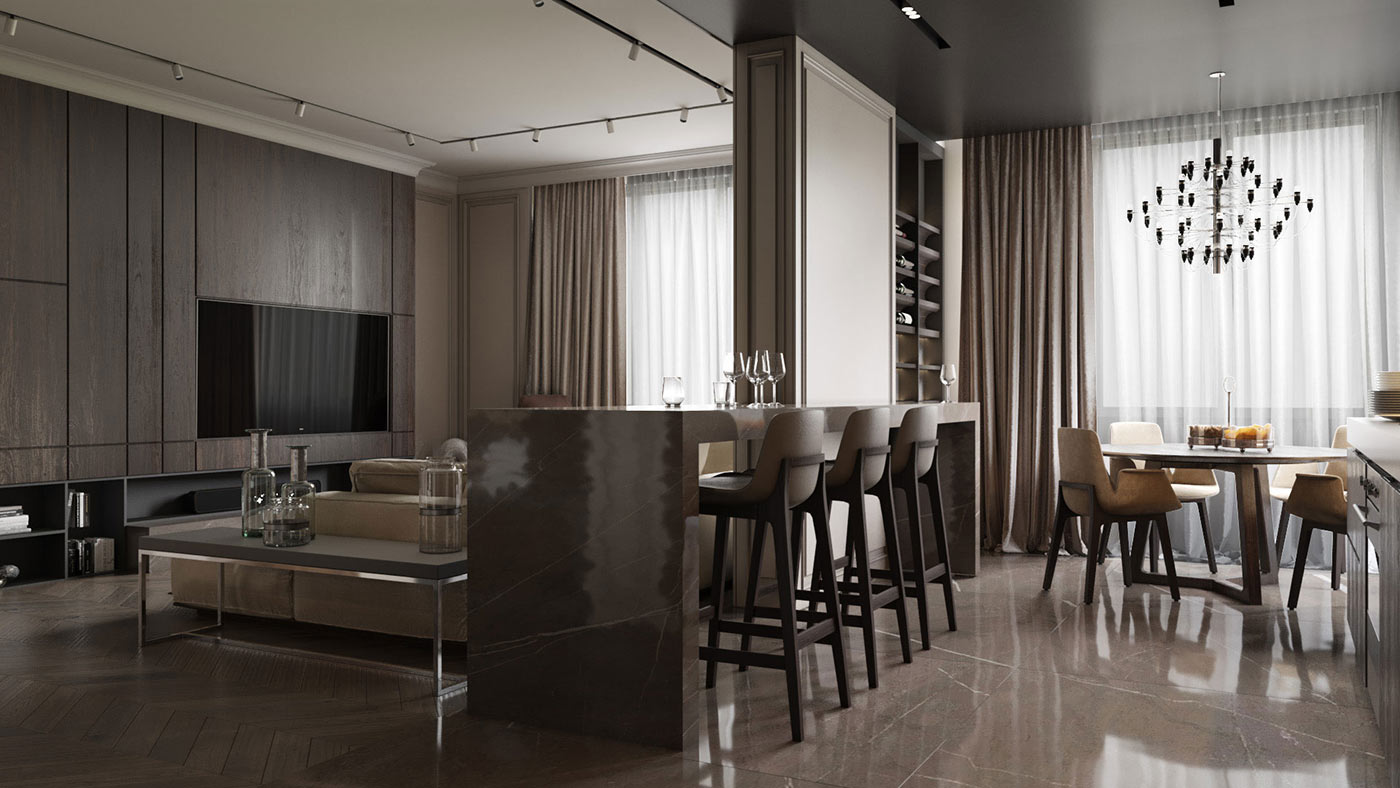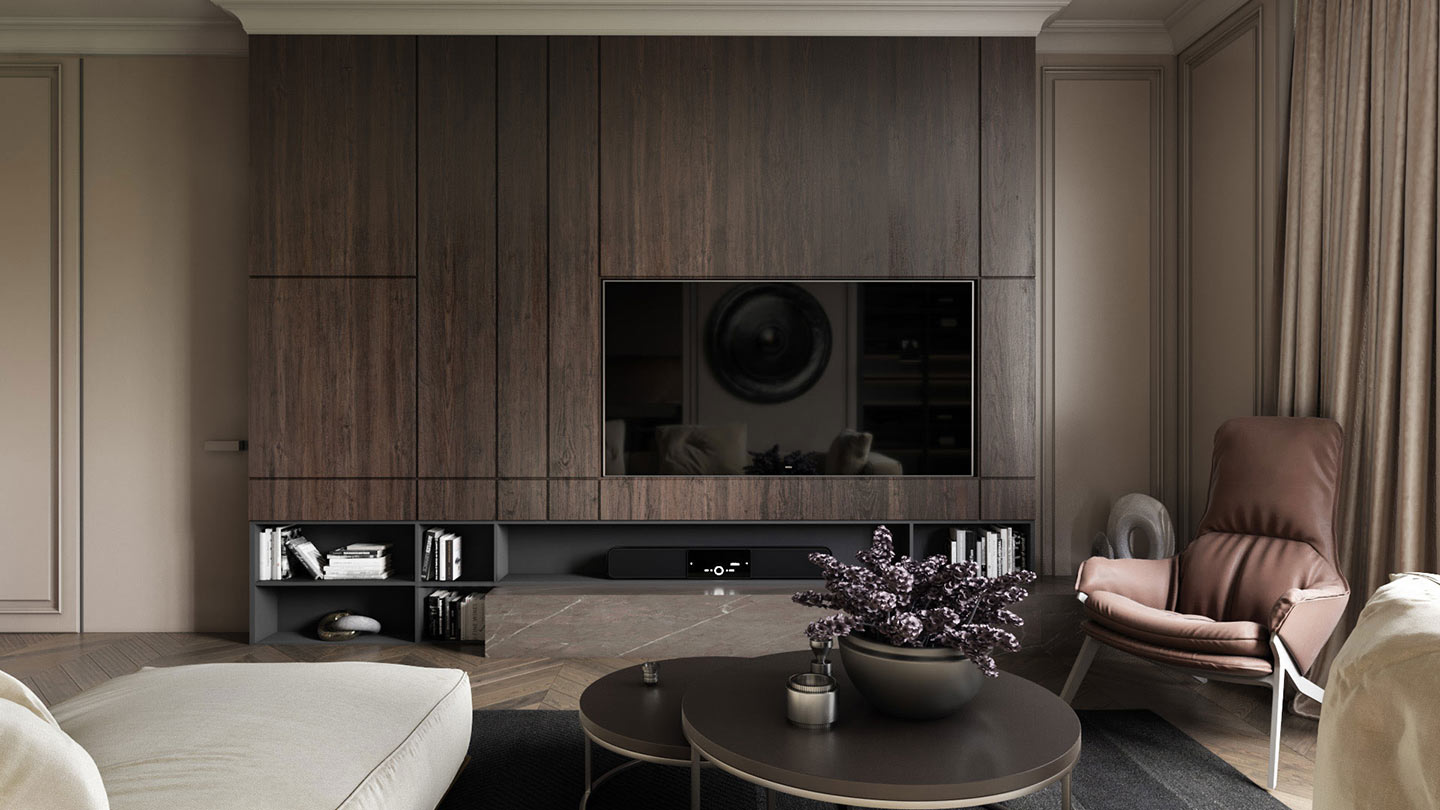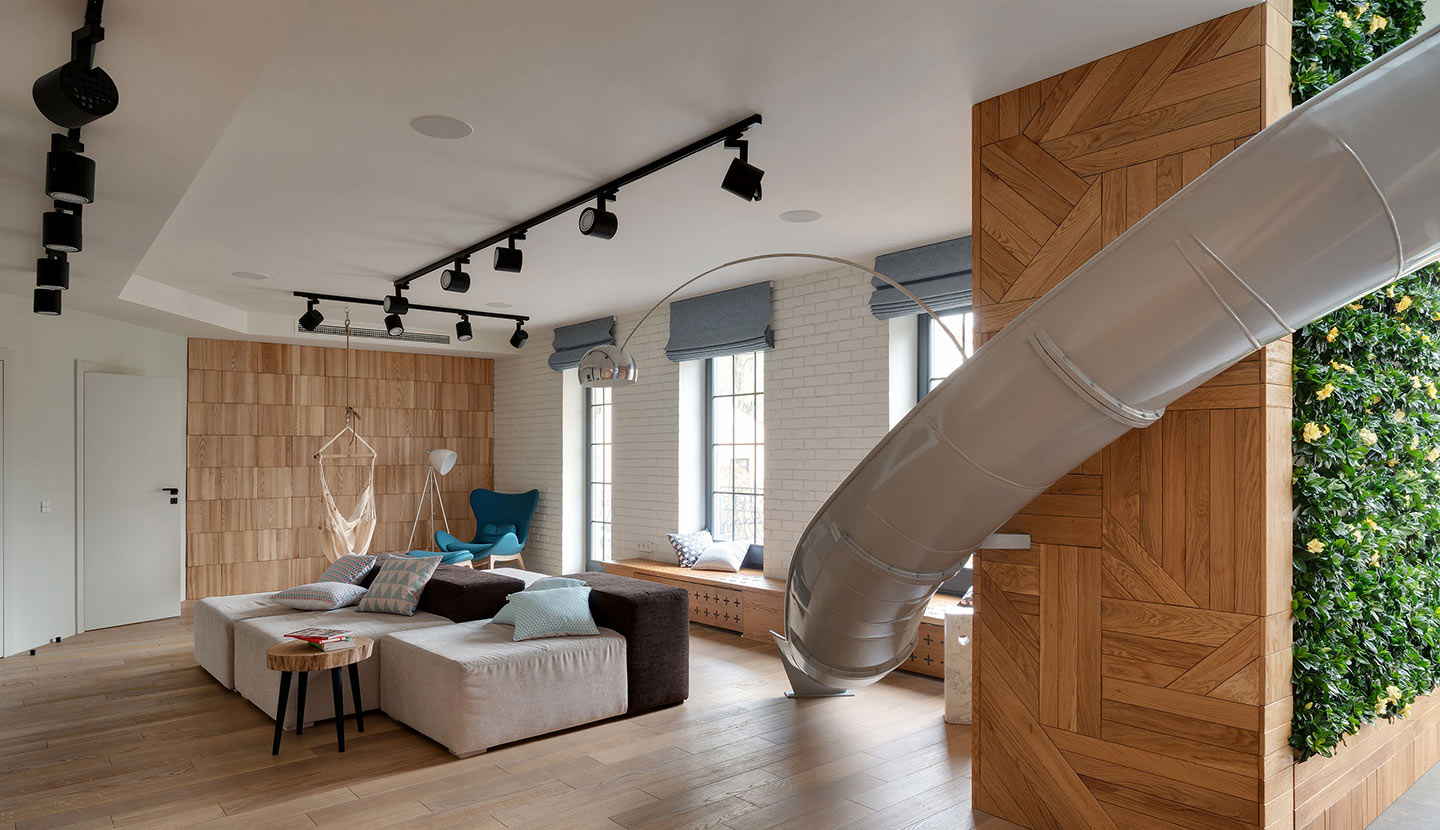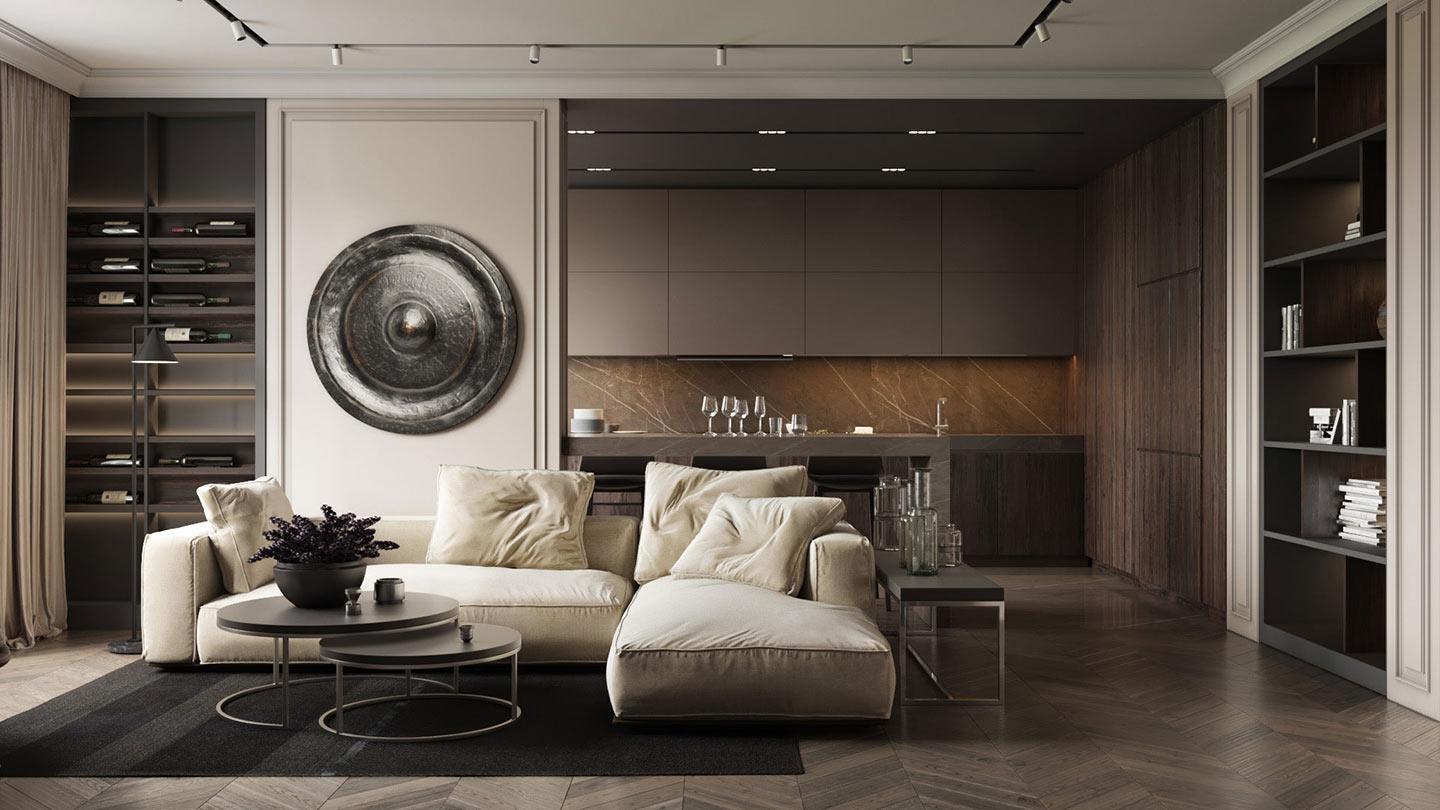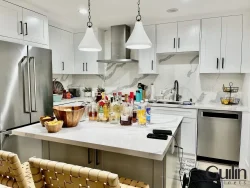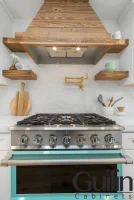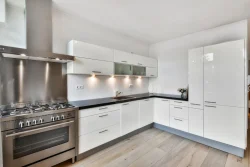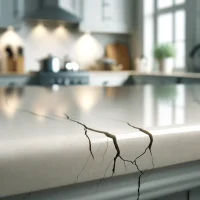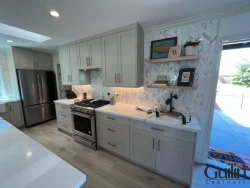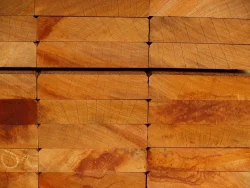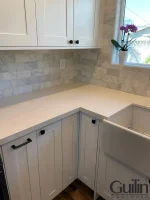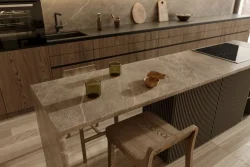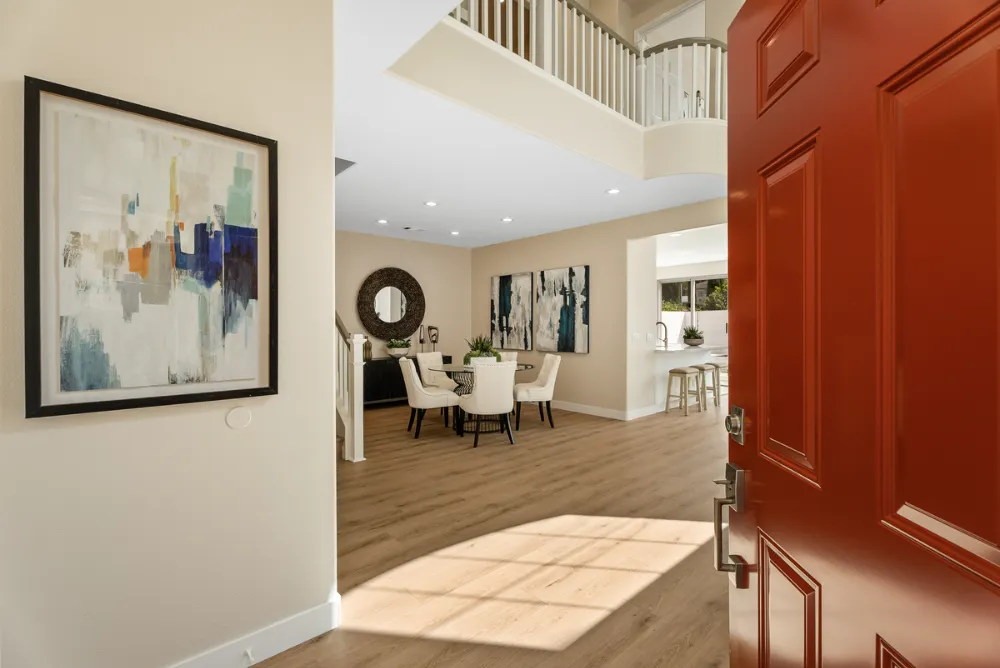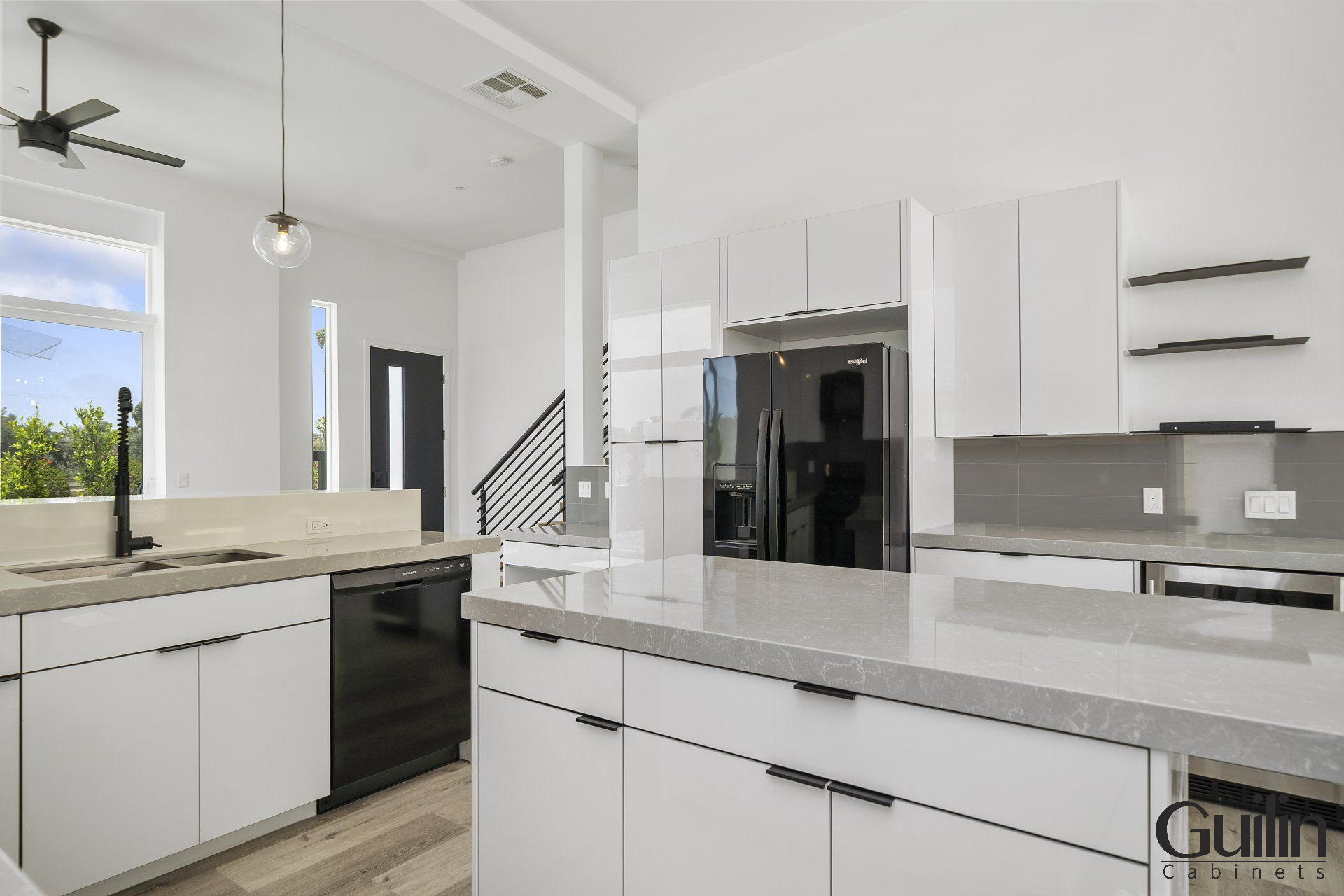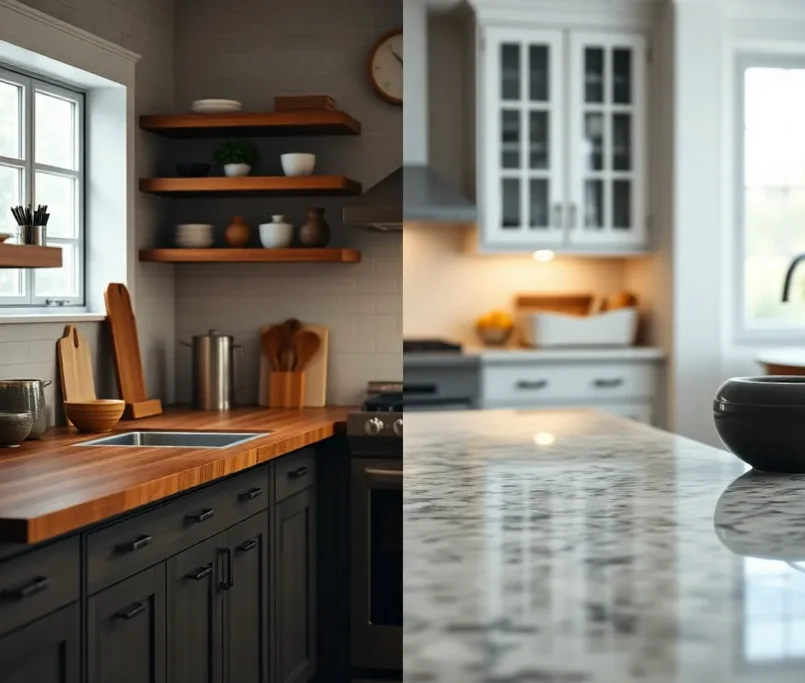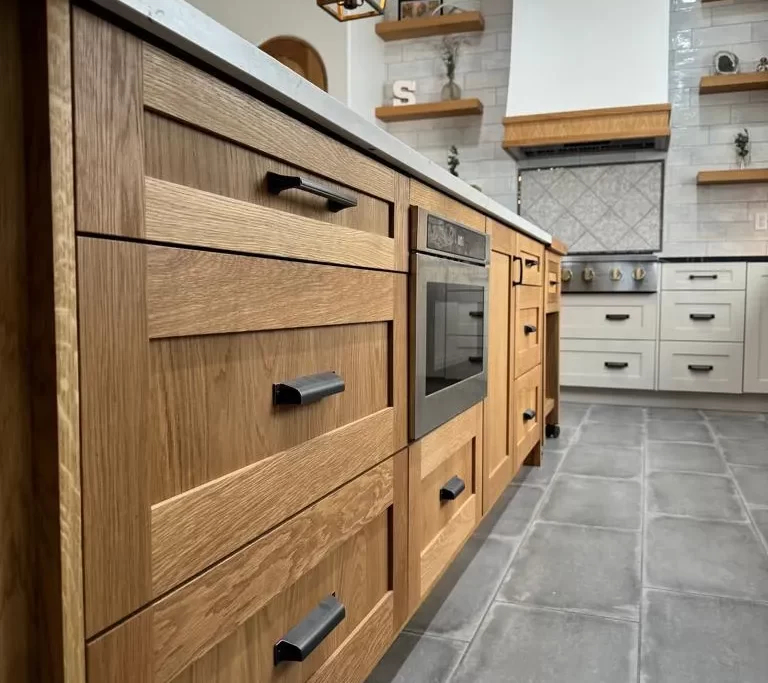With a variety of butcher block countertops available, selecting the right one for your kitchen can seem overwhelming. This guide will provide you with imperative insights into the three primary types: edge grain, end grain, and face grain butcher blocks. Each type offers distinct durability, appearance, and maintenance considerations, enabling you to make an informed decision that perfectly suits your needs and enhances the functionality and aesthetics of your Guilin Cabinets.
What Butcher Block Countertops?
For anyone considering a new countertop, butcher block surfaces offer a unique blend of warmth and functionality for your kitchen. Understanding the origins and construction of these surfaces can greatly assist in your selection process. Butcher block countertops have been a staple in kitchens for centuries, initially designed for butchers to chop and prepare meat. Over time, these surfaces have evolved into versatile kitchen solutions that enhance both aesthetic appeal and usability in modern homes.
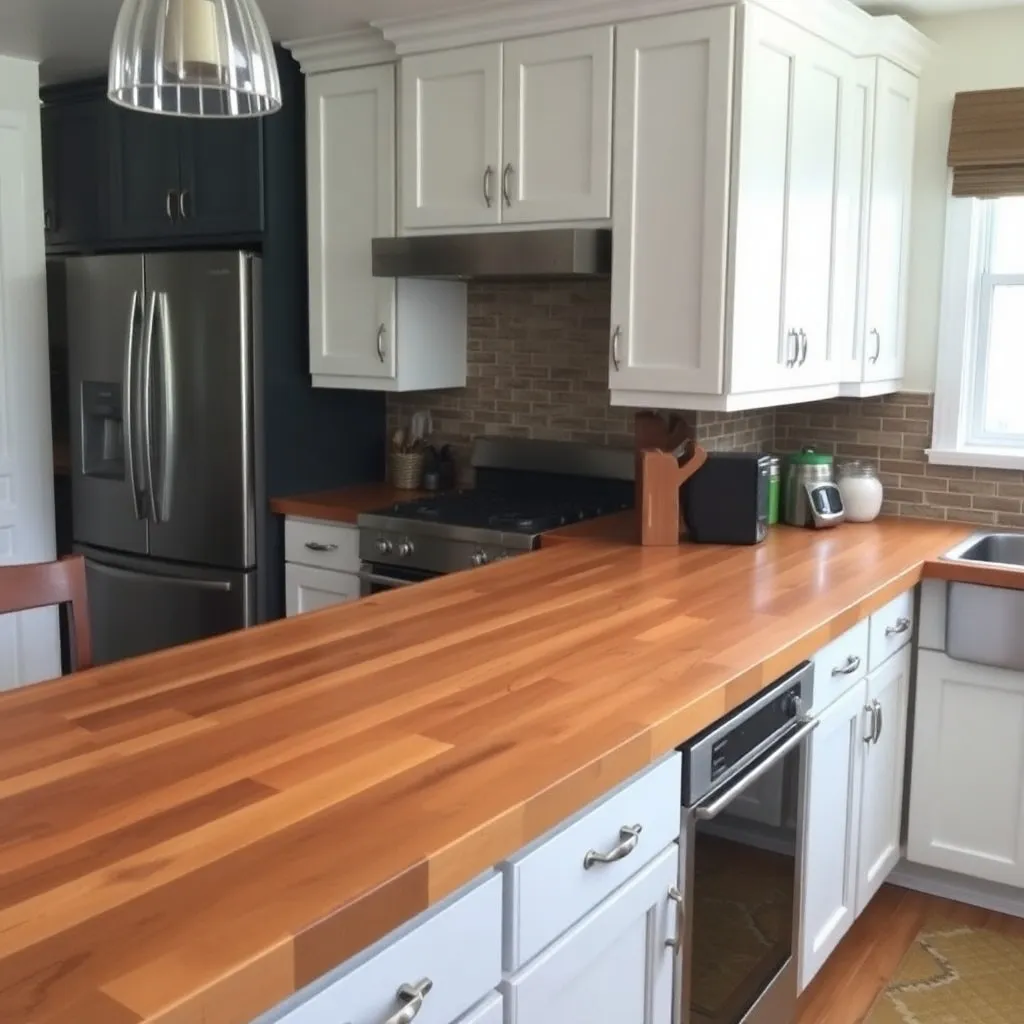
Types of Butcher Block Countertops
One important aspect when selecting a butcher block countertop for your kitchen is understanding the various types available. Below are the three main types of butcher block countertops, each possessing unique characteristics that cater to different needs and preferences.
- Edge Grain Butcher Block
- End Grain Butcher Block
- Face Grain Butcher Block
Recognizing the differences among these types will empower you to make an informed decision for your kitchen needs.
| Type | Description |
|---|---|
| Edge Grain | Constructed from long, narrow strips of wood glued on their edges, featuring a striped appearance. |
| End Grain | Made from small blocks of wood arranged vertically with the ends facing up, giving a unique checkerboard pattern. |
| Face Grain | Wide wood planks are glued together, showing off the beautiful natural wood grain. |
Edge Grain Butcher Block
To create a warm and inviting kitchen atmosphere, edge grain butcher blocks are a popular choice among homeowners. This type of countertop is known for its linear, striped grain pattern, which provides a clean and modern look while offering a functional surface for food preparation.
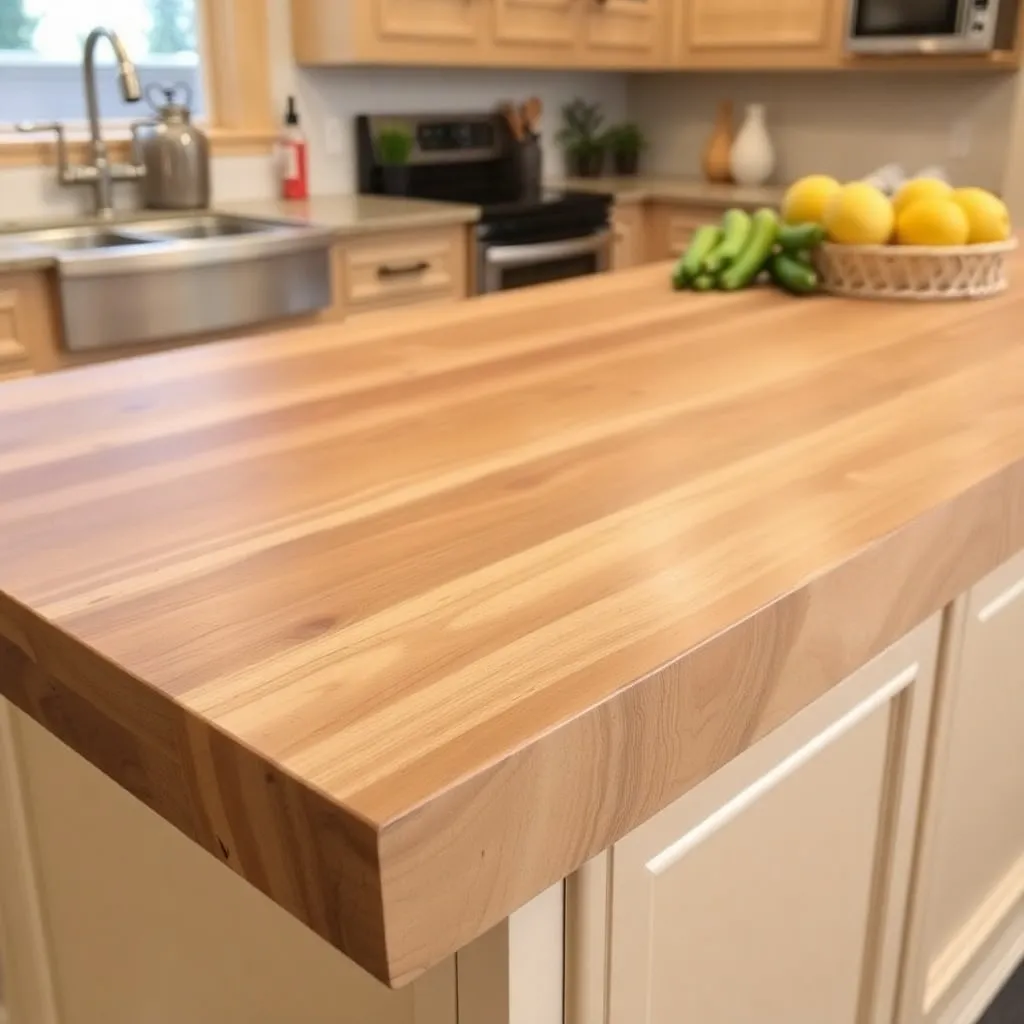
Construction and Design
Before making a decision, it’s vital to understand the construction of edge grain butcher blocks. These countertops are crafted by gluing long, narrow strips of wood together on their edges. This process not only enhances the strength of the material but also allows for a sleek, uniform appearance that can complement various kitchen aesthetics.
The design is primarily characterized by its striped pattern, which showcases the natural grains of the wood. This distinctive look appeals to those looking for a durable yet stylish option that fits seamlessly into both contemporary and traditional kitchen designs. With a broad range of wood species available, you can tailor the look of your edge grain butcher block to match your personal style.
Pros and Cons
Pros and cons are key factors to consider when evaluating edge grain butcher blocks. Here’s a breakdown:
| Pros | Cons |
|---|---|
| Cost-effective compared to end grain options | Less resistant to deep knife cuts |
| Visually appealing with a clean design | Can show scratches over time |
| Durable for everyday kitchen use | Requires regular oiling to maintain finish |
| Easy to repair with sanding | Wood color may darken with age |
| Variety of wood species available | Sensitive to humidity and temperature changes |
| Great for light to moderate food prep | Not ideal for heavy-duty chopping tasks |
Indeed, while edge grain butcher blocks offer many advantages for your kitchen, they also come with limitations. They are perfect for casual cooks who appreciate a blend of style and functionality, but their susceptibility to scratches and cuts means you must take appropriate care and maintenance to prolong the life of your countertop.
Ideal Applications
Block out significant kitchen activities; edge grain butcher blocks are well-suited for general food preparation, serving as work surfaces in kitchens where aesthetics are a priority. Their affordability makes them an attractive option for homeowners looking to upgrade their countertops without breaking the bank.
This type of butcher block is particularly ideal for kitchen islands and countertops that experience light to moderate use. Consider integrating an edge grain butcher block in areas where presentation matters and functionality is still necessary. In addition, they can serve excellently in family kitchens, where a balance of style and utility is desired, allowing you to impress guests while crafting meals with ease.
End Grain Butcher Block
Unlike the other types of butcher block countertops, end grain butcher blocks offer unique benefits that make them highly sought after for various kitchen tasks.
Construction and Design
At first glance, end grain butcher blocks present a stunning aesthetic with their distinctive checkerboard pattern. This construction technique involves arranging small blocks of wood end-first, allowing the natural wood fibers to create a surface that is not only beautiful but also practical. The vertical orientation of the wood fibers provides a resilient cutting surface that can withstand heavy usage.
Each block is carefully crafted and glued together, resulting in a design that enhances both the durability and self-healing properties of the countertop. When you cut into an end grain surface, the knife blade pushes the wood fibers apart rather than slicing through them, allowing it to “close up” after use. This characteristic contributes to its longevity and reduces wear, making it a wise investment for any kitchen.
Pros and Cons
Design your kitchen with function in mind, and you will undoubtedly want to weigh the pros and cons of end grain butcher blocks.
| Pros | Cons |
|---|---|
| Highly durable and can handle heavy use. | Typically more expensive than edge and face grain options. |
| Self-healing properties prolong the lifespan. | Requires regular maintenance and oiling. |
| Unique and attractive appearance. | Can be heavy and cumbersome to move. |
| Good for cutting and chopping, minimizes knife damage. | End grain surface can be more challenging to clean thoroughly. |
| Offers a gentle surface for your knives. | Water damage can occur if not properly sealed. |
Block your doubts and embrace the benefits of end grain butcher blocks. Their unique design not only enhances your kitchen’s aesthetic but also provides a functional surface capable of withstanding the rigors of daily cooking. While maintenance involves some commitment, many find the trade-off worth the stunning visual appeal and exceptional durability they offer.
Ideal Applications
Before selecting the end grain butcher block for your kitchen, consider its ideal applications. This type of butcher block is perfect for heavy-duty chopping tasks and can withstand the demands of a busy kitchen. Its self-healing characteristics make it perfect for chefs who use their cutting surfaces frequently, allowing for easy repairs to minor cuts and scratches.
Whether you are preparing meals for your family or hosting larger gatherings, end grain butcher blocks may just be the surface that fits your needs. Furthermore, thanks to its unique aesthetic, an end grain butcher block can easily become a centerpiece in your kitchen, showcasing your commitment to quality while harmonizing with the overall design of your home.
Further enhance your kitchen by recognizing that end grain butcher blocks not only deliver superior performance but also add to the natural beauty of the space. If you’re seeking a long-lasting and visually appealing countertop solution, consider incorporating this type of butcher block into your design.
Face Grain Butcher Block
Once again, we explore the unique attributes of butcher block countertops, focusing on the face grain butcher block. This type showcases the natural beauty of the wood grain, making it a popular choice for decorative purposes. The construction involves using wide wood planks glued together with the broad face as the surface, resulting in a smooth and stunning appearance. The design emphasizes the rich textures and patterns unique to each wood type, adding character to your kitchen.
Construction and Design
Among the various butcher block options, face grain butcher blocks stand out for their aesthetic appeal. The wide planks not only provide a beautiful display but also create a captivating focal point in your kitchen. While the surface is visually engaging, it is important to know that it may require regular maintenance to retain its charm.
This type of countertop is available in various wood species, including maple, walnut, and cherry, allowing you to select a finish that complements your kitchen style. Choosing the right wood type can enhance the overall look while providing a sense of warmth and continuity in the space.
Pros and Cons
Cons should be weighed against benefits when considering face grain butcher blocks. Understanding these aspects allows you to make an informed decision based on your needs.
| Pros | Cons |
|---|---|
| Beautiful natural appearance | More prone to scratches and dents |
| Wide variety of wood options | Requires regular maintenance |
| Good for light-duty applications | May not withstand heavy chopping |
| Can enhance kitchen aesthetics | Less durable compared to edge and end grain |
| Provides a warm, inviting atmosphere | Can be susceptible to water damage |
At the end of the day, considering face grain butcher blocks involves balancing its beautiful appearance with its need for careful treatment. While they transform your kitchen with elegance, you must be prepared for the upkeep required to maintain their stunning appeal.
Ideal Applications
Any kitchen looking to achieve a stylish and welcoming space can benefit from face grain butcher blocks. These countertops are best suited for decorative applications or areas with light use, such as kitchen islands or as part of a beautiful serving area. Although they can function well in food preparation, it’s important to be mindful of their limitations, especially if you chop frequently.
Additionally, face grain butcher blocks can bring together the elements of your kitchen, acting as a centerpiece that ties various design themes together. A thoughtful pairing of your face grain countertop with matching cabinetry or other wood accents in the room can create an inviting and cohesive look.
To Wrap Up / Conclusion
Considering all points, navigating the options of butcher block countertops can enhance your kitchen experience significantly. Edge grain, end grain, and face grain each serve specific purposes based on your aesthetic preferences, durability requirements, and intended usage. By understanding these distinctions, you are better equipped to make a decision that aligns with your cooking habits and design aspirations, ensuring your countertop becomes a fitting centerpiece in your kitchen.
When you weigh your choices, it’s necessary to consider how each type of butcher block fits into your lifestyle and budget. Whether you prioritize durability for heavy-duty chopping or seek out the beauty of natural wood in light-use spaces, choosing the right countertop isn’t just about practicality; it’s also about crafting a welcoming and functional environment in your home. With this comprehensive guide, you can approach your selection process with confidence, knowing you have the tools to make an informed decision that suits your needs.


